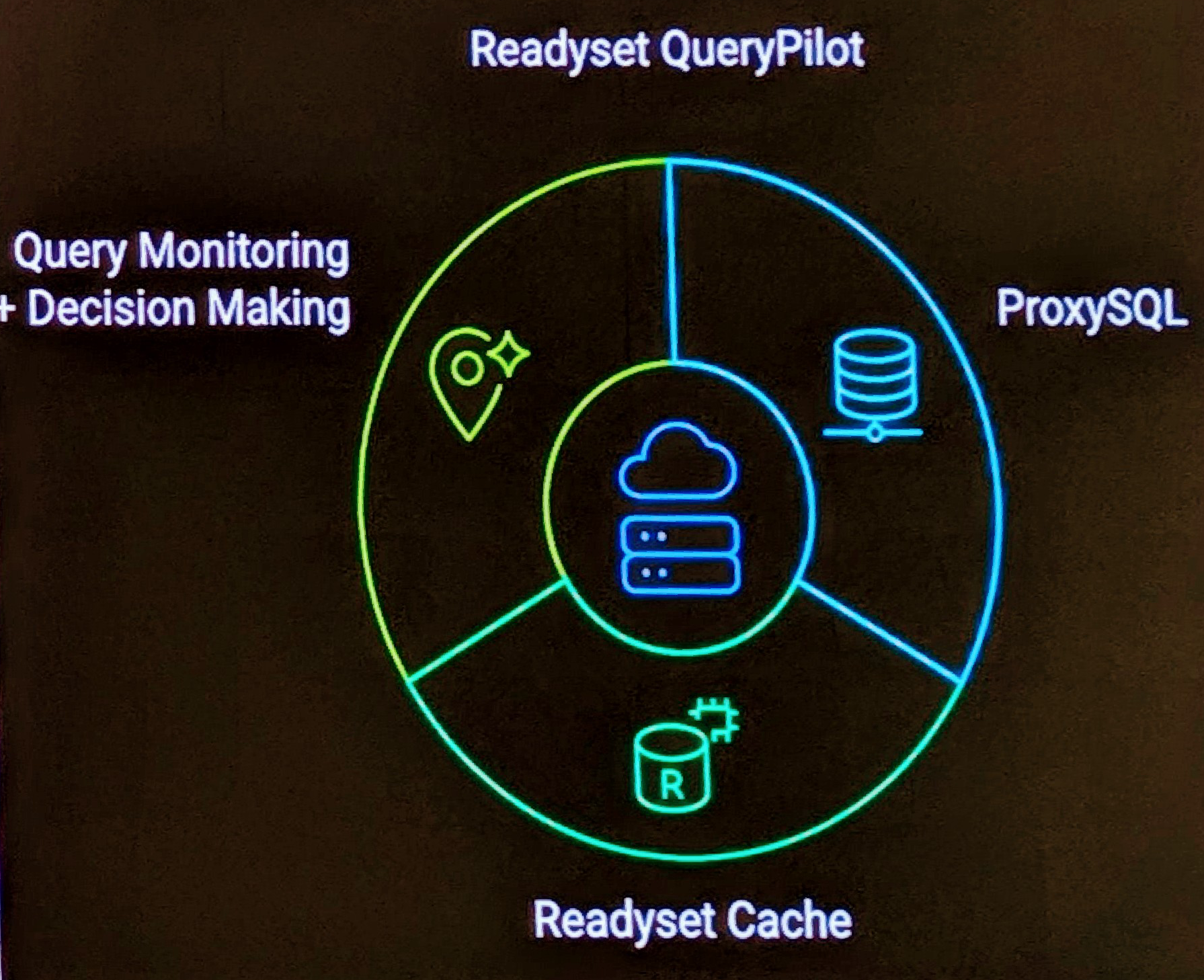Recently I came across another configuration option I’d not heard of before. I profess to not know them all, however I do know when I find something unusual. If you are a beginner DBA, learn what is normal and expected, and identify what is out of the normal, investigate, research and question if necessary.
I gave away a MySQL Administrator’s Book based on seeing a configuration with safe-show-database, an option I’d not seen before, and then requesting people giving basic configuration options in that situation.
The latest is max_tmp_tables . So, what does the manual say for this option. I quote:
The maximum number of temporary tables a client can keep open at the same time. (This option does not yet do anything.)
If this option doesn’t yet do anything, why is it there? Does it actually do something and the documentation is misrepresenting the option? Did it provide some feature or functionality before?
I know MySQL has a number of features where are not fully featured or even production strength in a production environment. This makes me wonder how many more parameters, options or features exist but don’t actual do anything or work as designed!
I then also question where organizations or people come up with using these options when the basic required options are not in place. Sometimes just using the basics is the best practice to start with.


